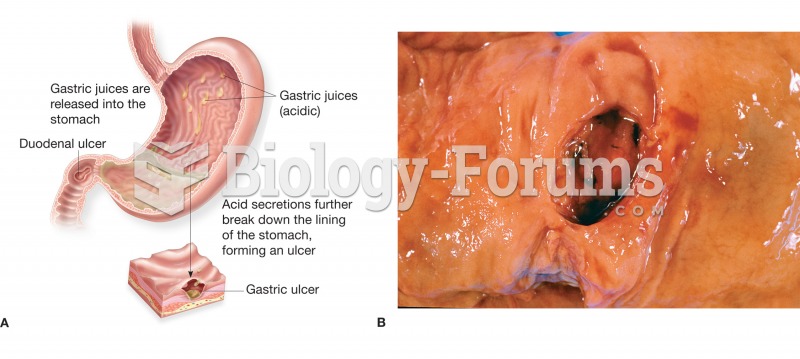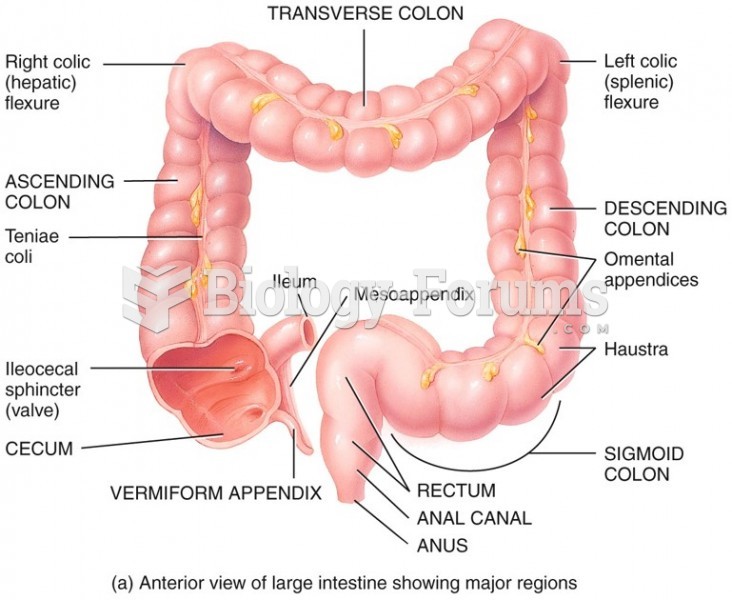|
|
|
A headache when you wake up in the morning is indicative of sinusitis. Other symptoms of sinusitis can include fever, weakness, tiredness, a cough that may be more severe at night, and a runny nose or nasal congestion.
Chronic necrotizing aspergillosis has a slowly progressive process that, unlike invasive aspergillosis, does not spread to other organ systems or the blood vessels. It most often affects middle-aged and elderly individuals, spreading to surrounding tissue in the lungs. The disease often does not respond to conventionally successful treatments, and requires individualized therapies in order to keep it from becoming life-threatening.
Not getting enough sleep can greatly weaken the immune system. Lack of sleep makes you more likely to catch a cold, or more difficult to fight off an infection.
Your skin wrinkles if you stay in the bathtub a long time because the outermost layer of skin (which consists of dead keratin) swells when it absorbs water. It is tightly attached to the skin below it, so it compensates for the increased area by wrinkling. This happens to the hands and feet because they have the thickest layer of dead keratin cells.
Increased intake of vitamin D has been shown to reduce fractures up to 25% in older people.
 (A) Figure illustrating the location and appearance of a peptic ulcer in both the stomach and the du
(A) Figure illustrating the location and appearance of a peptic ulcer in both the stomach and the du
 The target lambda on this vehicle is slightly lower than 1.0 indicating that the PCM is attempting ...
The target lambda on this vehicle is slightly lower than 1.0 indicating that the PCM is attempting ...





